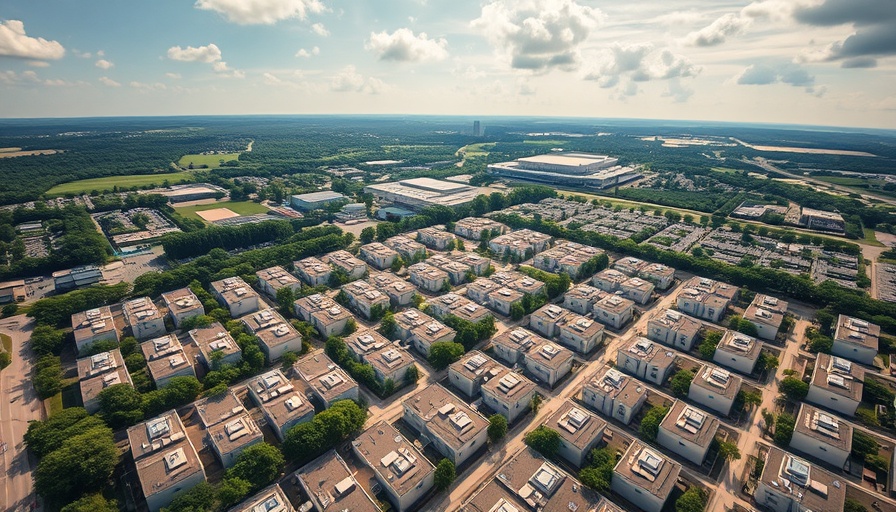
AI’s Double-Edged Sword: Climate Promises vs. Current Impact
Recent discussions surrounding the environmental benefits of artificial intelligence (AI) often mirror the controversial claims of carbon offsetting. While a new report from the International Energy Agency (IEA) suggests that AI might significantly reduce greenhouse gas emissions in the future, the reality is that the technology's current energy demands are on the rise. With data centers proliferating globally, the promise of climate-friendly AI rings hollow amidst today's escalating emissions.
Understanding AI Energy Demand: A Growing Concern
The IEA report highlights the potential long-term benefits of AI, including enhanced efficiency across industries. However, this optimistic outlook overlooks the immediate consequences of our growing reliance on energy-intensive technologies. As AI applications become more common, the energy needed to support them, particularly in the form of data centers, is surging. Many of these facilities are powered by natural gas and fossil fuels, effectively increasing their carbon footprints.
Beyond Carbon Offsets: A Cautionary Tale
The narrative surrounding AI's future benefits closely resembles the arguments used to promote carbon offsetting: businesses can continue polluting today as long as they're funding sustainable projects elsewhere. However, both the AI sector and carbon offsetting initiatives face criticism for often overstating their effectiveness. In past years, carbon credits have failed to deliver on their promises of significant climate benefits, leaving many wary about similar claims from the AI industry.
Real Solutions for Clean Energy
Instead of relying on the uncertain future impact of AI, there are immediate steps that can be taken to power data centers more sustainably. Renewable energy sources like solar, wind, and geothermal offer solutions that not only mitigate emissions but also provide long-term sustainability. Unfortunately, the upfront costs and longer implementation timelines associated with these technologies often deter developers from making the switch.
The Future of AI and Sustainability
Some AI applications, like detecting methane leaks in oil and gas infrastructure or improving energy consumption in buildings, show promising potential for reducing emissions. However, these advancements raise critical questions about their scalability and immediate applicability in mitigating current environmental challenges. Will AI truly fulfill its promise, or will we find ourselves repeating the same mistakes of relying on unfulfilled future benefits?
Empowering Change Through Accountability
For the technology industry to uphold its commitments to sustainability, it needs to embrace stringent accountability measures. The absence of a formal regulatory framework surrounding AI’s environmental claims leaves room for ambiguity. Stakeholders must demand more transparency from AI firms to ensure that the promised benefits are aligned with meaningful, actionable improvements in emissions reduction.
Take Action for a Sustainable Future
As AI continues to reshape industries, professionals in technology, finance, and sustainability must prioritize real solutions while adopting a healthy skepticism towards lofty promises. Advocating for the adoption of renewable energy should be at the forefront of any business strategy as we work towards a future that balances innovation with environmental responsibility.
 Add Row
Add Row  Add
Add 



 Add Row
Add Row 


 Add
Add 

Write A Comment